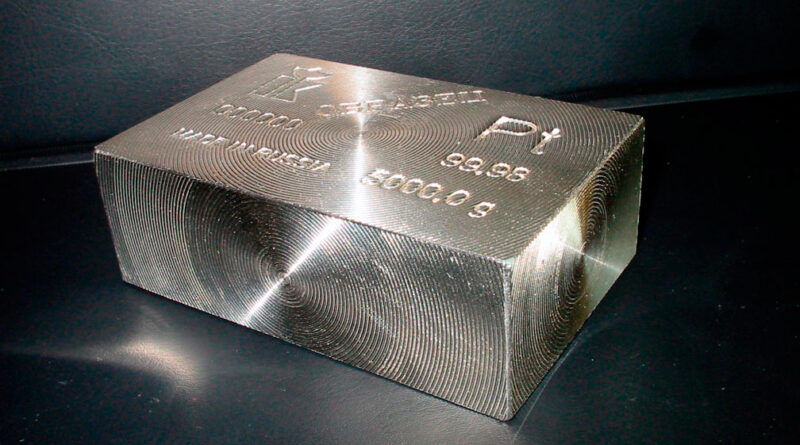Total platinum production for 2022 is forecast to increase by 1%
In 2022, total supply is forecast to increase by 1% (+121 koz) year-on-year to 8,235 koz. Mine supply is expected to grow 1% to 6,203 koz, while recycling will rise 3% (+55 koz), to 2,032 koz. Several tailwinds that elevated mine supply this year will persist into 2022.
Although diminished, the industry will enter next year with high levels of semi-finished inventory, the continued processing of which will again inflate South African refined production during 2022. Additionally, strong PGM prices and the resulting benefit to cashflow have deleveraged the industry, with many producers increasing operational expenditure to improve production stability and some have increased expenditure on growth projects.
Of the circa 560 koz of excess semi-finished inventory accumulated during the 2020 ACP shutdowns we estimate that around 190 koz will remain at the start of 2022. Other producers have also accumulated semi-finished inventory, arising from Northam’s furnace rebuild and planned maintenance at Impala Refining Services.
The processing of this semi-finished material will continue through 2022, albeit at a lower rate than in 2021, and boost South African refined platinum output, which is forecast to decline 1% (-38 koz) to 4,514 koz.
The triennial wage negotiations for the three major producers are due to start in 2022, representing a risk to labour relations. However, if typical historical timelines are maintained, any risk of disruption are unlikely to materialise until 2023.
Underlying Zimbabwean mined output is expected to grow next year due to processing debottlenecking and mine development. However, the normalisation of semi-finished material through South African smelters and refineries is expected to result in Zimbabwean refined output remaining essentially unchanged at 465 koz.
Output from Russia is forecast to increase 3% (+22 koz), recovering from the mine flooding and concentrator building disruptions of 2021. Volumes will however be limited by planned smelter maintenance. North America is expected to add 42 koz (+13%) as disruption normalises and project development progresses.
However, the rampup of new production areas brings inherent risks and regional labour shortages may hamper growth. Next year, 4% growth (+64 koz) is expected for global platinum autocatalyst recycling, which will reach 1,559 koz.
As noted above, the key driver will be the ongoing historical trend in platinum autocatalyst loadings. Two other factors are also worth highlighting. The first concerns the impact of stockpiling by scrap-yards during late-2021 and the extent to which this extends into early 2022.
At some point next year, this is likely to result in fewer ounces being refined. However, the impact of this should be relatively shortlived, as scrapyards adjust their price expectations and eventually release cannisters into the market.
Related to this will be the lack of smelting and refining capacity, which is expected to become more of an issue during the latter part of 2022; this could therefore weigh on the amount of PGMs that are processed. Jewellery recycling volumes in 2022 are forecast to decline by 2% (-10 koz), as jewellery sales strategies in China are not expected to incentivise the same rate of trading in of older for newer pieces.




